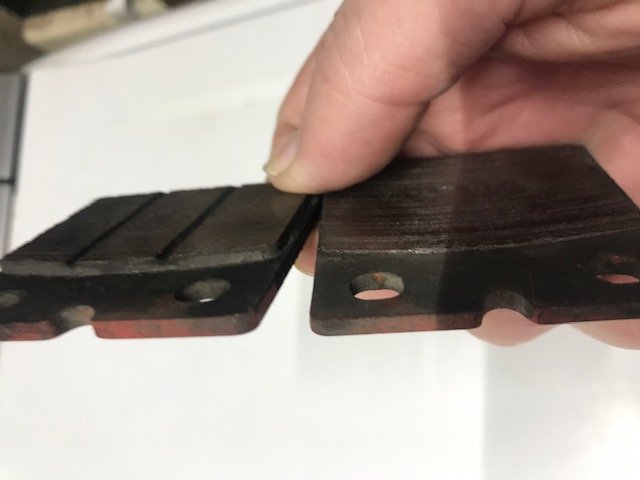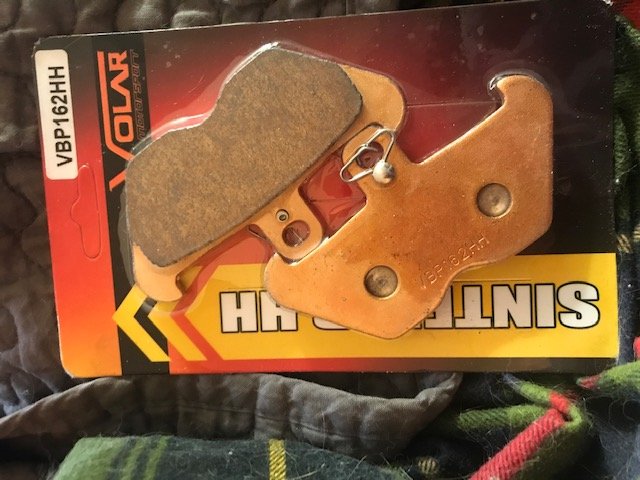Hello Hive,
I just changed the rear brake pads on my 1998 1100RT. I have a few questions:
1) The old pads were unevenly worn - the outermost one was completely worn and the other had about 20% left. What are the implications of this?
2) I forgot to apply some grease to the back of the new pads. Should I go back in and do that?
3) The Haynes manual calls for copper grease. Would Moly be ok, or is the specific type of grease important?
Also - I have ordered steel lines and a master cylinder rebuild kit (the lever return is very sluggish even with full fluid, and there is some corrosion in MC). Should I go ahead and change the front pads at the same time even though they are currently about 50% good?
Thanks in advance for your advice. The value of this forum is immense!
Cheers!
N
I just changed the rear brake pads on my 1998 1100RT. I have a few questions:
1) The old pads were unevenly worn - the outermost one was completely worn and the other had about 20% left. What are the implications of this?
2) I forgot to apply some grease to the back of the new pads. Should I go back in and do that?
3) The Haynes manual calls for copper grease. Would Moly be ok, or is the specific type of grease important?

Also - I have ordered steel lines and a master cylinder rebuild kit (the lever return is very sluggish even with full fluid, and there is some corrosion in MC). Should I go ahead and change the front pads at the same time even though they are currently about 50% good?
Thanks in advance for your advice. The value of this forum is immense!
Cheers!
N





